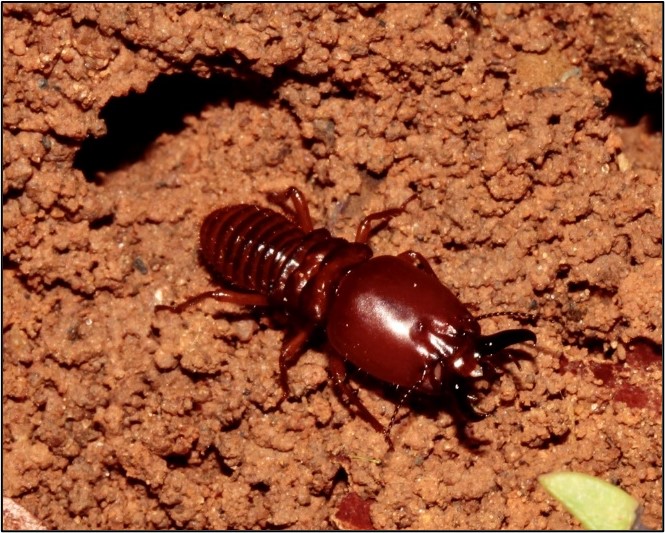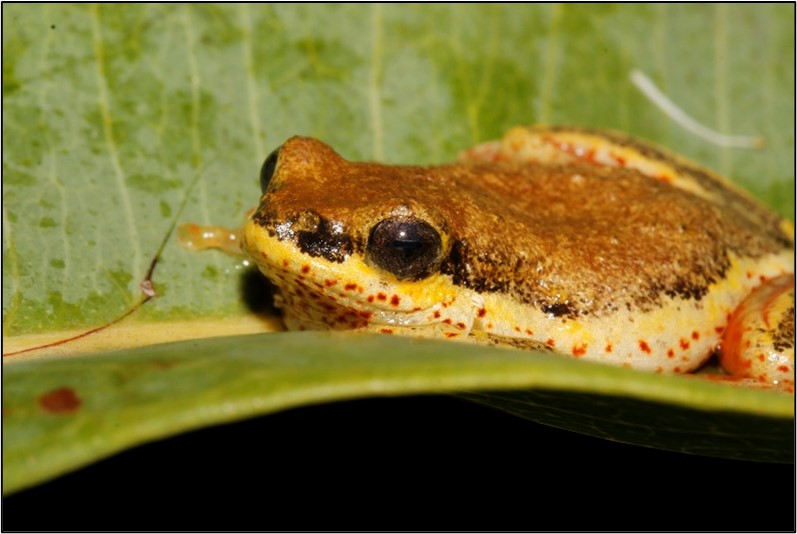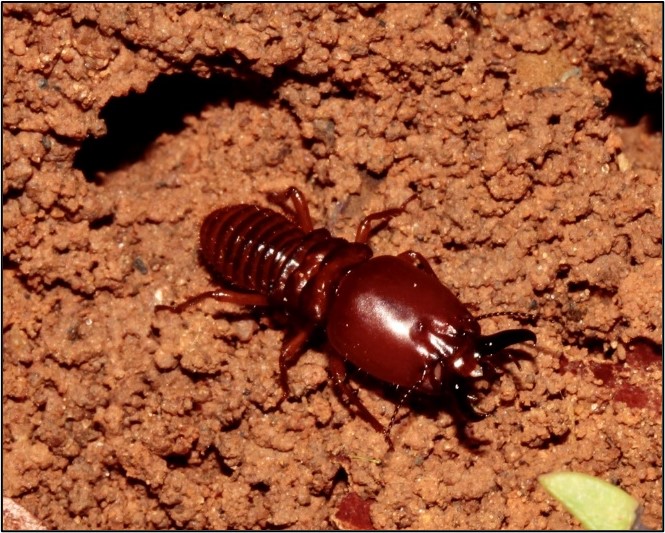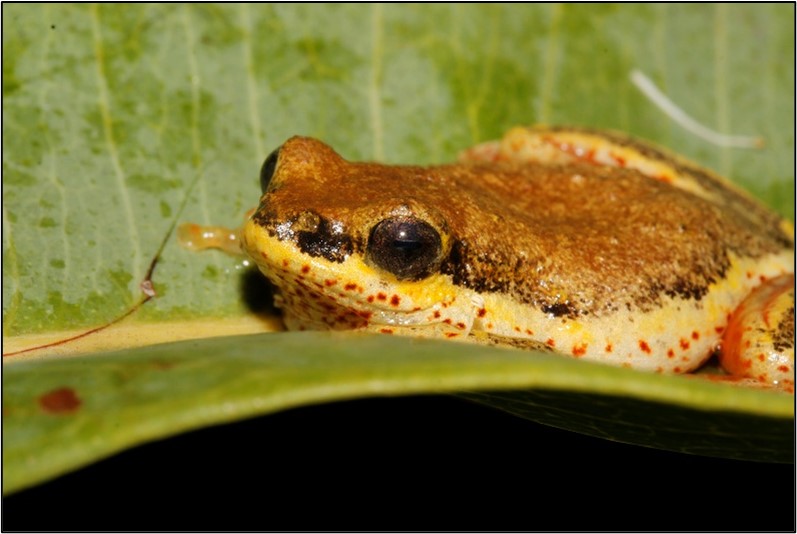Education Insights:January 2024.
Welcome to a New Year. It is always good to reflect on the successes and  achievements of the last year, and to anticipate what will transpire in the year to come. We always aspire to improve as the year continues, and 2024 will be no different. This month I would like to discuss memory. Of course, a good memory is essential to learning. A great deal of research has been done on the mechanisms surrounding memory and how it works. The rest of this blog will try to give you a little understanding of the latest theories. Memory can be seen as working in two distinct layers. These are often labelled as Working Memory and Long-Term Memory. This month we will be looking specifically at Working Memory.
achievements of the last year, and to anticipate what will transpire in the year to come. We always aspire to improve as the year continues, and 2024 will be no different. This month I would like to discuss memory. Of course, a good memory is essential to learning. A great deal of research has been done on the mechanisms surrounding memory and how it works. The rest of this blog will try to give you a little understanding of the latest theories. Memory can be seen as working in two distinct layers. These are often labelled as Working Memory and Long-Term Memory. This month we will be looking specifically at Working Memory.
What is working memory and why is it so important? Working memory, also known as WM, is a bundle of mechanisms that allows us to maintain a train of thought. It’s what we us to plan and carry out and action – the mental workspace where we manipulate information, crunch numbers, and see with our ‘mind’s eye’. Tasks that tap working memory include such things as adding numbers in your head, remembering a grocery list, or spelling an unfamiliar word.
Children tend to have much less of this capacity than adults, although research shows us that it does  develop has a child grows older. About 10-15% of children of school age are struggling with a challenging low level working memory capacity. Everyday signs may include difficulty in following complex instructions, losing track of complicated calculations, being easily distracted. All of these can interfere with achievement at school. Having these difficulties does not mean that a child is not intelligent. There are many specific WM problems and a child who has WM problems with maths may be perfectly fine with their reading and literacy. This, of course, makes it difficult to both diagnose and address. As Susan Gathercole and Tracy Alloway, both educationalists, note, we can help children compensate for WM limitations in a variety of ways. For example: We can break down tasks into smaller subroutines, so they can tackle just one component at a time. We can ask them to repeat back new information and help them connect with what they already know in their long-term memory. We can teach them how to create and use their own memory aids, such as taking notes. We can prompt children with regular reminders of what to do next and encourage them to ask questions when they feel lost. Research suggests other tactics too. To get the most out of working memory it helps to understand how it functions, what disrupts it and what tricks you can use to pack more data into your mental notepad. Next month we will look at how we turn working memory into long-term memory, helping to make your knowledge base ‘permanent’.
develop has a child grows older. About 10-15% of children of school age are struggling with a challenging low level working memory capacity. Everyday signs may include difficulty in following complex instructions, losing track of complicated calculations, being easily distracted. All of these can interfere with achievement at school. Having these difficulties does not mean that a child is not intelligent. There are many specific WM problems and a child who has WM problems with maths may be perfectly fine with their reading and literacy. This, of course, makes it difficult to both diagnose and address. As Susan Gathercole and Tracy Alloway, both educationalists, note, we can help children compensate for WM limitations in a variety of ways. For example: We can break down tasks into smaller subroutines, so they can tackle just one component at a time. We can ask them to repeat back new information and help them connect with what they already know in their long-term memory. We can teach them how to create and use their own memory aids, such as taking notes. We can prompt children with regular reminders of what to do next and encourage them to ask questions when they feel lost. Research suggests other tactics too. To get the most out of working memory it helps to understand how it functions, what disrupts it and what tricks you can use to pack more data into your mental notepad. Next month we will look at how we turn working memory into long-term memory, helping to make your knowledge base ‘permanent’.
Until February, please enjoy the rains ?
(Termite Soldier & Painted Reed Frog. Both residents of MIA)





